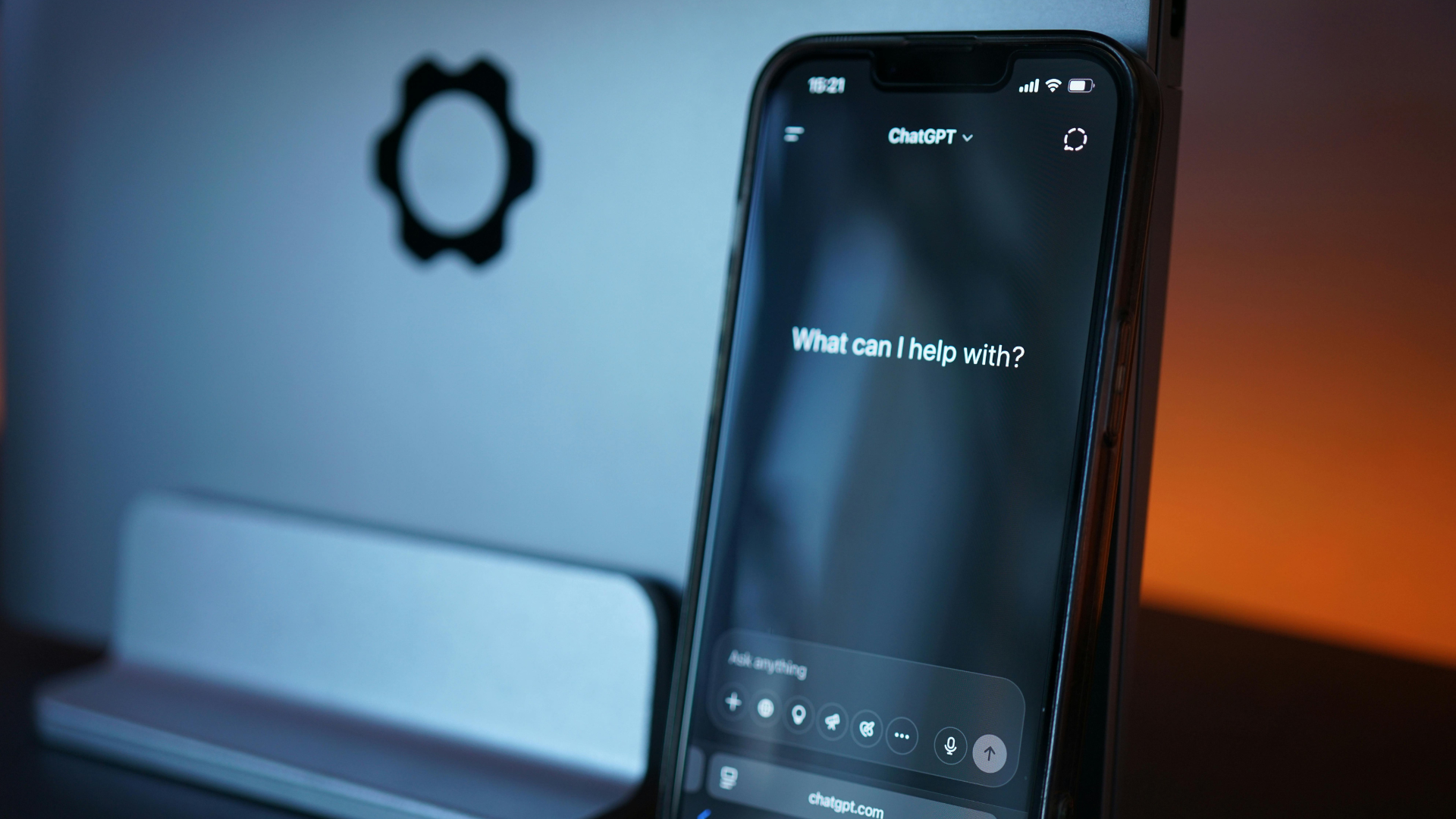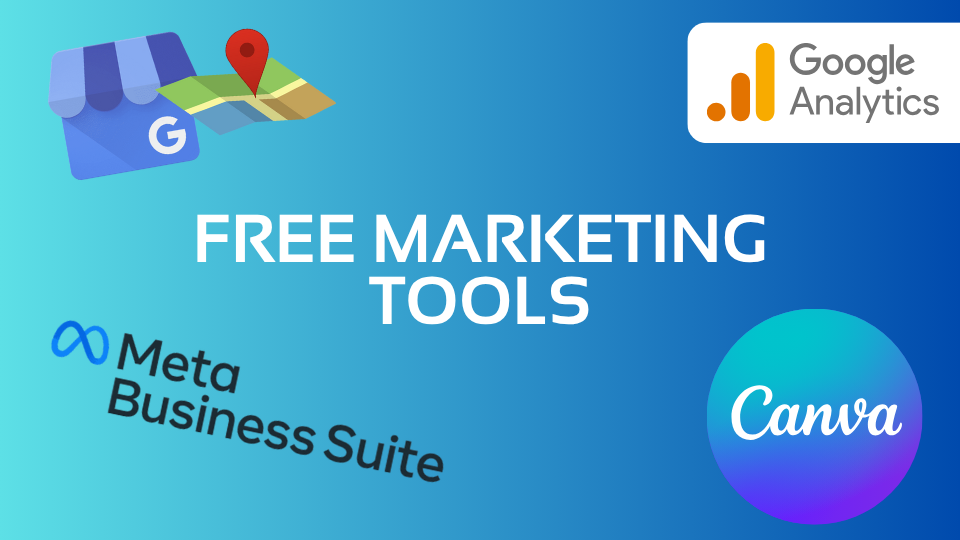AI-Powered Ads Are Coming to Netflix — Here’s What That Means

Netflix is changing the way we see ads.
By 2026, if you're watching Netflix on the ad-supported plan, you might start seeing ads that match the vibe of the show or movie you're watching. This new approach uses artificial intelligence (AI) to create ads that feel more natural and connected to what you're already enjoying.
Instead of random commercial breaks, you'll see ads that blend in better. For example, if you're watching a cooking show, you might get an ad for a kitchen product. These new ads could show up in the middle of the show (called "midrolls") or when you hit pause. They'll also be interactive with things like call-to-action buttons, second-screen options, or overlays giving you the chance to learn more or even shop right from your screen.
This is all part of Netflix's new modular ad format, which was introduced by Amy Reinhard, Netflix's President of Advertising. She explained that the company is using AI to instantly combine ads with the "worlds" of Netflix shows, making the experience smoother for viewers and more effective for advertisers.
The ad-supported version of Netflix is growing fast. It now reaches over 94 million global monthly users. In the U.S., Netflix's ad-supported plan reaches more 18-34 year olds than any other cable or broadcast network. These users are spending an average of 41 hours a month watching content and that makes Netflix a major player in the world of Connected TV streaming ads.
As Netflix raises prices on its ad-free plans, more people may switch to the ad-supported version. But with smarter, more personalized ads that don't interrupt the experience, it might not feel like a downgrade at all.
We keep a close eye on shifts like this because they show where digital advertising is headed. It is becoming more personalized, more interactive, and more connected to the content people actually care about.
As platforms like Netflix embrace AI-driven ad formats and smarter targeting, it's clear that the future of advertising isn't just about showing your ad to consumers, it's about showing it to them in the right way. Whether it's streaming ads, display campaigns, or branded content, we build strategies that make your message relevant, timely, and impactful.
Want to learn how to stay ahead in this changing ad landscape? Contact us and let's talk!


